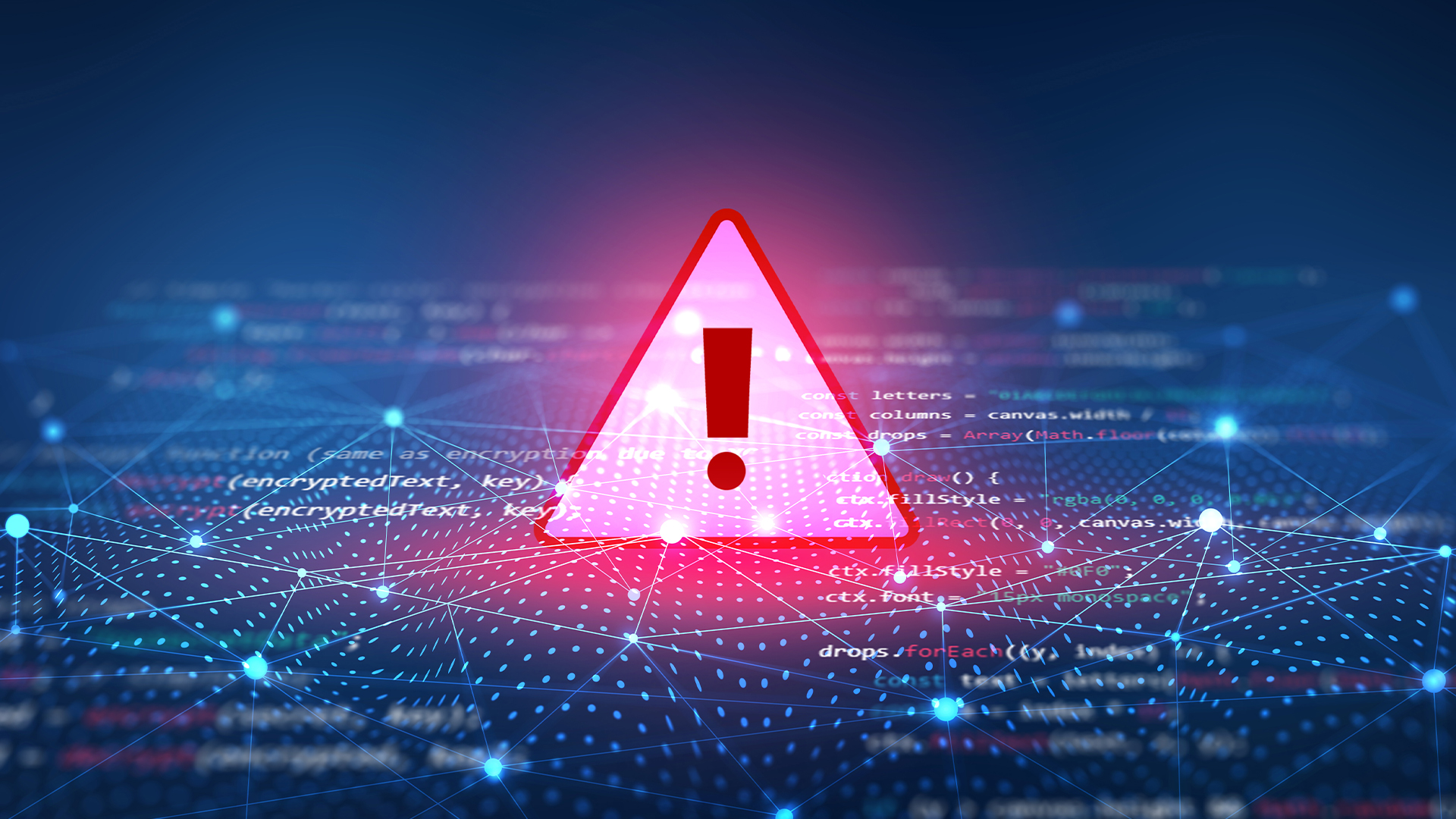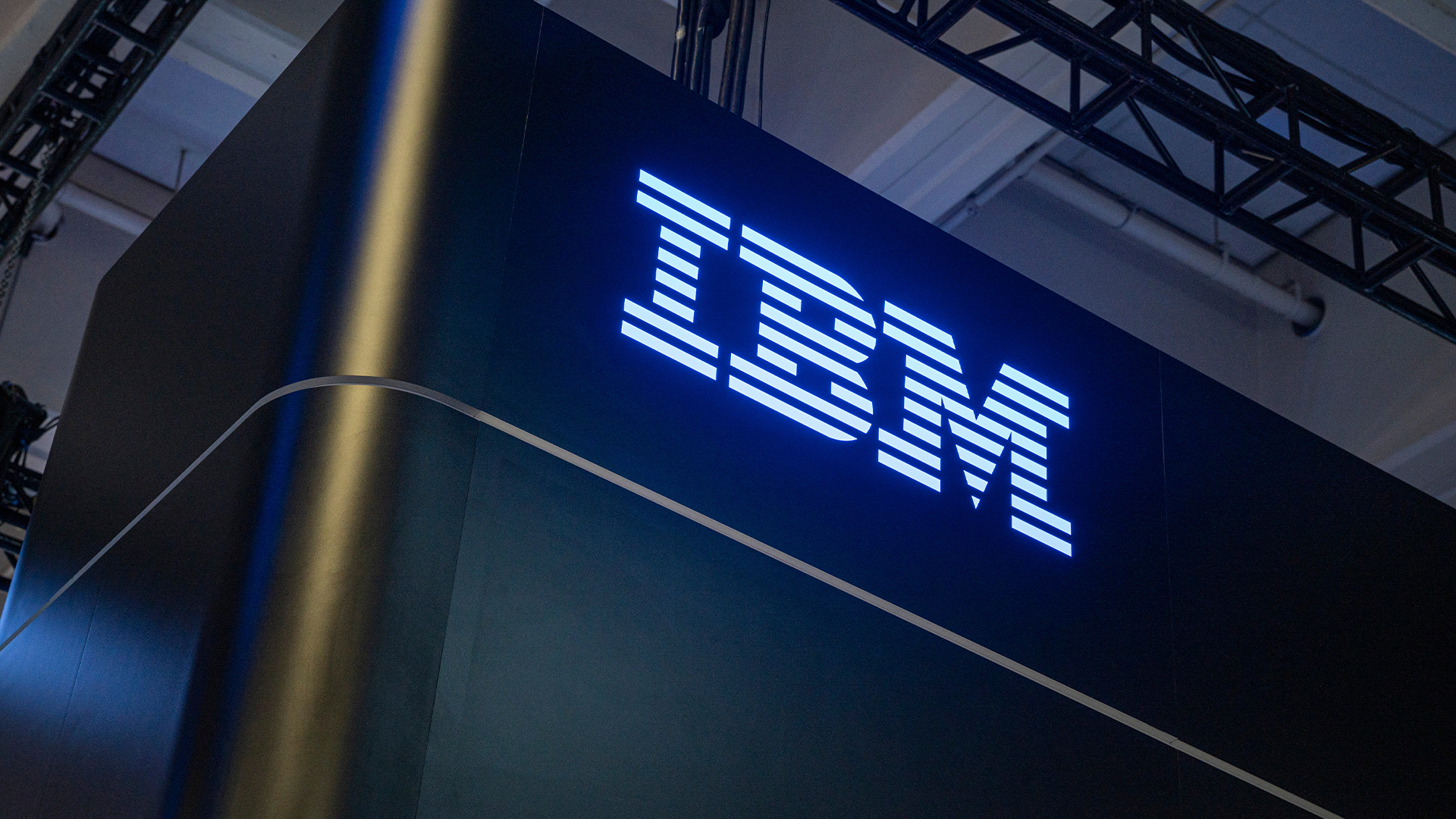Weekly threat roundup: NHS COVID-19 app, Nvidia, and Oracle
Pulling together the most dangerous and pressing flaws that businesses need to patch


Patch management is far easier said than done, and security teams may often be forced into prioritising fixes for several business-critical systems, all released at once. It’s become typical, for example, to expect dozens of patches to be released on Microsoft’s Patch Tuesday, with other vendors also routinely getting in on the act.
Below, IT Pro has collated the most pressing disclosures from the last seven days, including details such as a summary of the exploit mechanism, and whether the vulnerability is being exploited in the wild. This is in order to give teams a sense of which bugs and flaws might pose the most dangerous immediate security risks.
‘Ghost notifications’ on the NHS COVID-19 app
The latest update to the NHS’ coronavirus contact tracing mobile app has fixed an issue where users were regularly notified that they were subjected to a “potential exposure”, only for the notification to disappear without a trace shortly after.
The messages wouldn’t give any more information and would disappear from users’ notifications centres once they interacted with it. An earlier update added a second notification informing users they were safe, and that it was effectively a false alarm, if applicable, but developers have now scrapped these entirely.
The latest update will also make the app better at approximating distances between users, which allow for more accurate assessments as to whether users should self-isolate.
Critical bug in Nvidia’s DGX A100 server line
Nvidia has patched a critical flaw in its high-performance line of DGX servers which, if exploited successfully, could have allowed an attacker to take control of sensitive data held on the systems.
There were nine patches in total released this week fixing vulnerabilities in the firmware used by the DGX high-performance computing (HPC) units, conventionally deployed in massive enterprises and government organisations. These systems are used for AI tasks, machine learning, and data modelling, among other purposes.
Sign up today and you will receive a free copy of our Future Focus 2025 report - the leading guidance on AI, cybersecurity and other IT challenges as per 700+ senior executives
One highly severe bug, tagged CVE-2020-11487, however, won’t receive a patch until the second quarter of 2021. This flaw is tied to a hard-coded RSA 1024 key with weak ciphers, which could lead to potential information disclosure.
100,000 machines still vulnerable to 10/10 SMBGhost exploit
Security researcher Jan Kopriva has estimated that approximately 103,000 machines are vulnerable to the critical SMBGhost vulnerability in the Server Message Block (SMB) protocol discovered in March.
This is despite Microsoft releasing a patch for the wormable remote code execution (RCE) flaw, which could allow hackers to spread malware across machines without any need for user interaction. The wormable flaw, tagged CVE-2020-0796, is ranked as critical and holds a 10 score on the CVSS severity scale. Microsoft deemed it so severe that it received an out-of-band fix outside of the routine Patch Tuesday cycle.
Despite this, Kopriva has accumulated data from Shodan over the last eight months that suggests many businesses still haven’t patched potentially vulnerable systems.
Warning for unpatched Oracle WebLogic server consoles
Dean of Research at the SANS Technology Institute, Johannes Ullrich, has warned that hackers are actively scanning for vulnerable WebLogic systems that were affected by an RCE vulnerability, something that Oracle has since patched.
This flaw, tagged CVE-2020-14882 and rated 9.8 on the CVSS scale, was patched as part of Oracle’s gigantic quarterly ‘critical patch update’ recently, although it doesn’t necessarily mean that businesses have applied the fix. As a result of the activity, detected after setting up a ‘honeypot’, Ullrich has warned IT admins that if they find a vulnerable server in their network they should “assume it has been compromised”.

Keumars Afifi-Sabet is a writer and editor that specialises in public sector, cyber security, and cloud computing. He first joined ITPro as a staff writer in April 2018 and eventually became its Features Editor. Although a regular contributor to other tech sites in the past, these days you will find Keumars on LiveScience, where he runs its Technology section.
-
 Two Fortinet vulnerabilities are being exploited in the wild – patch now
Two Fortinet vulnerabilities are being exploited in the wild – patch nowNews Arctic Wolf and Rapid7 said security teams should act immediately to mitigate the Fortinet vulnerabilities
-
 Everything you need to know about Google and Apple’s emergency zero-day patches
Everything you need to know about Google and Apple’s emergency zero-day patchesNews A serious zero-day bug was spotted in Chrome systems that impacts Apple users too, forcing both companies to issue emergency patches
-
 Security experts claim the CVE Program isn’t up to scratch anymore — inaccurate scores and lengthy delays mean the system needs updated
Security experts claim the CVE Program isn’t up to scratch anymore — inaccurate scores and lengthy delays mean the system needs updatedNews CVE data is vital in combating emerging threats, yet inaccurate ratings and lengthy wait times are placing enterprises at risk
-
 IBM AIX users urged to patch immediately as researchers sound alarm on critical flaws
IBM AIX users urged to patch immediately as researchers sound alarm on critical flawsNews Network administrators should patch the four IBM AIX flaws as soon as possible
-
 Critical Dell Storage Manager flaws could let hackers access sensitive data – patch now
Critical Dell Storage Manager flaws could let hackers access sensitive data – patch nowNews A trio of flaws in Dell Storage Manager has prompted a customer alert
-
 Flaw in Lenovo’s customer service AI chatbot could let hackers run malicious code, breach networks
Flaw in Lenovo’s customer service AI chatbot could let hackers run malicious code, breach networksNews Hackers abusing the Lenovo flaw could inject malicious code with just a single prompt
-
 Industry welcomes the NCSC’s new Vulnerability Research Initiative – but does it go far enough?
Industry welcomes the NCSC’s new Vulnerability Research Initiative – but does it go far enough?News The cybersecurity agency will work with external researchers to uncover potential security holes in hardware and software
-
 Hackers are targeting Ivanti VPN users again – here’s what you need to know
Hackers are targeting Ivanti VPN users again – here’s what you need to knowNews Ivanti has re-patched a security flaw in its Connect Secure VPN appliances that's been exploited by a China-linked espionage group since at least the middle of March.

